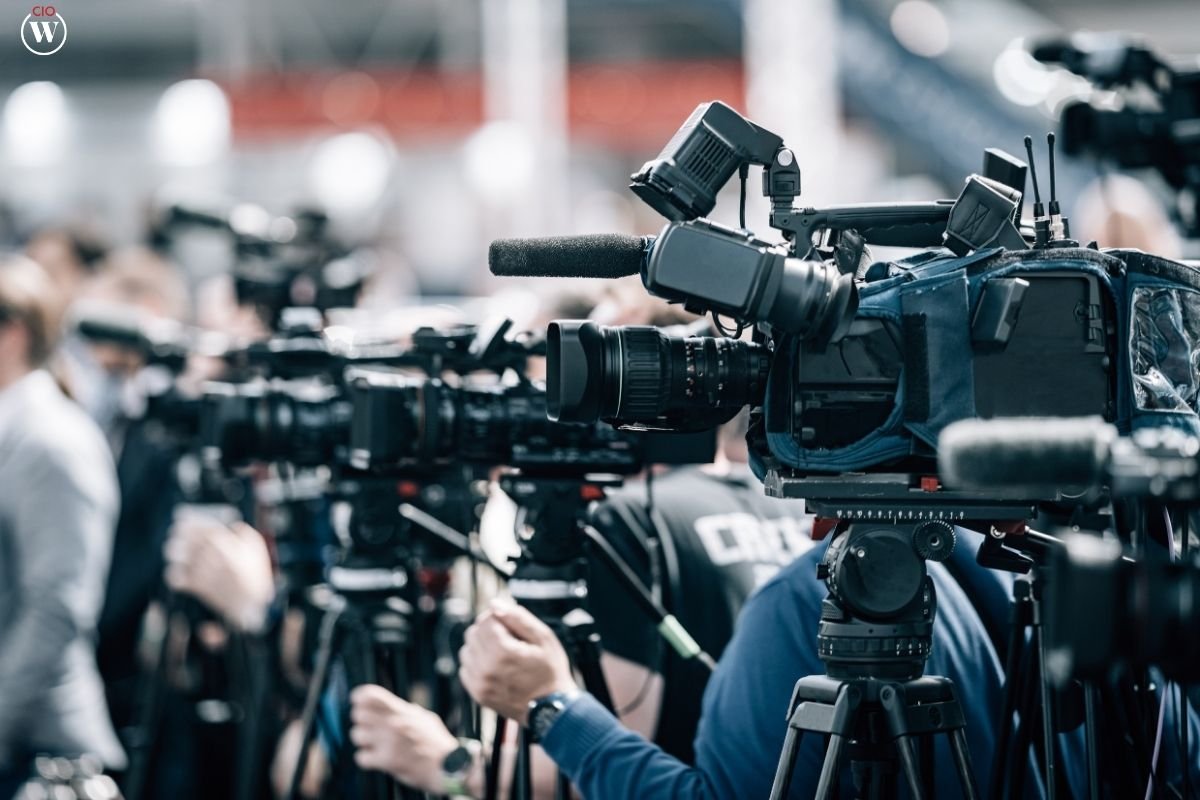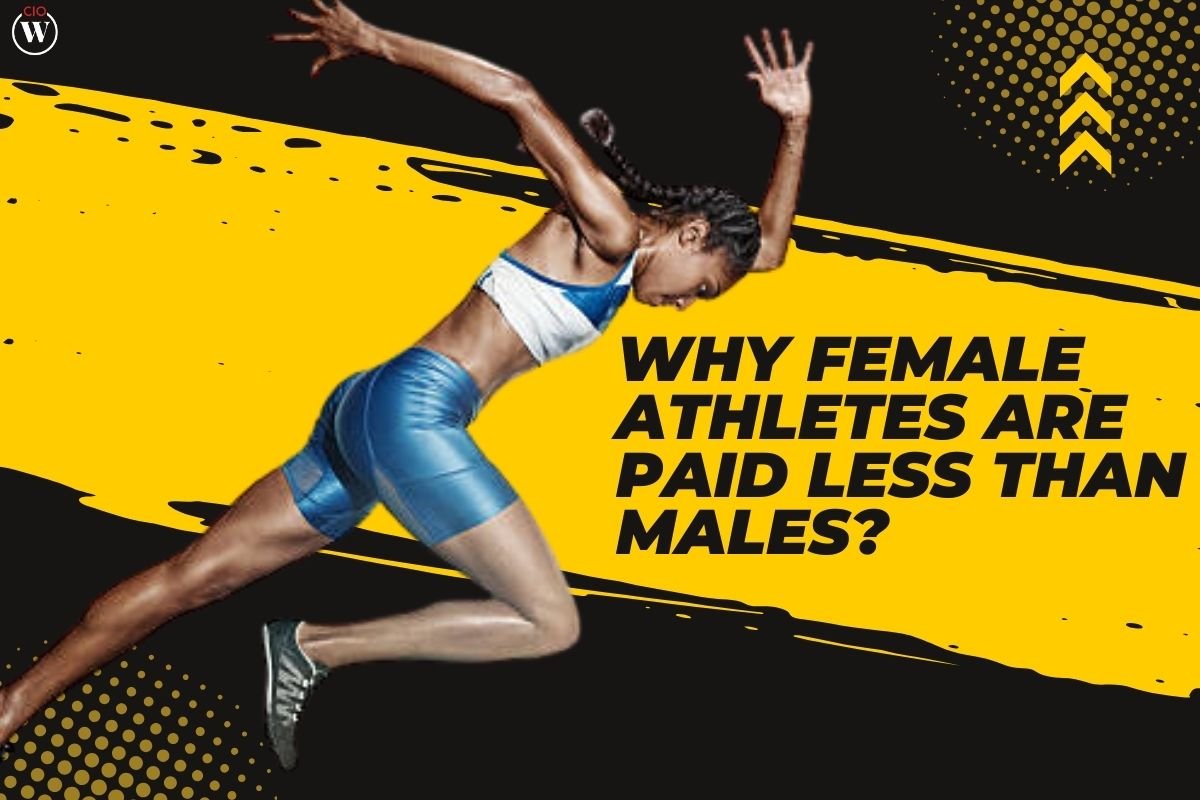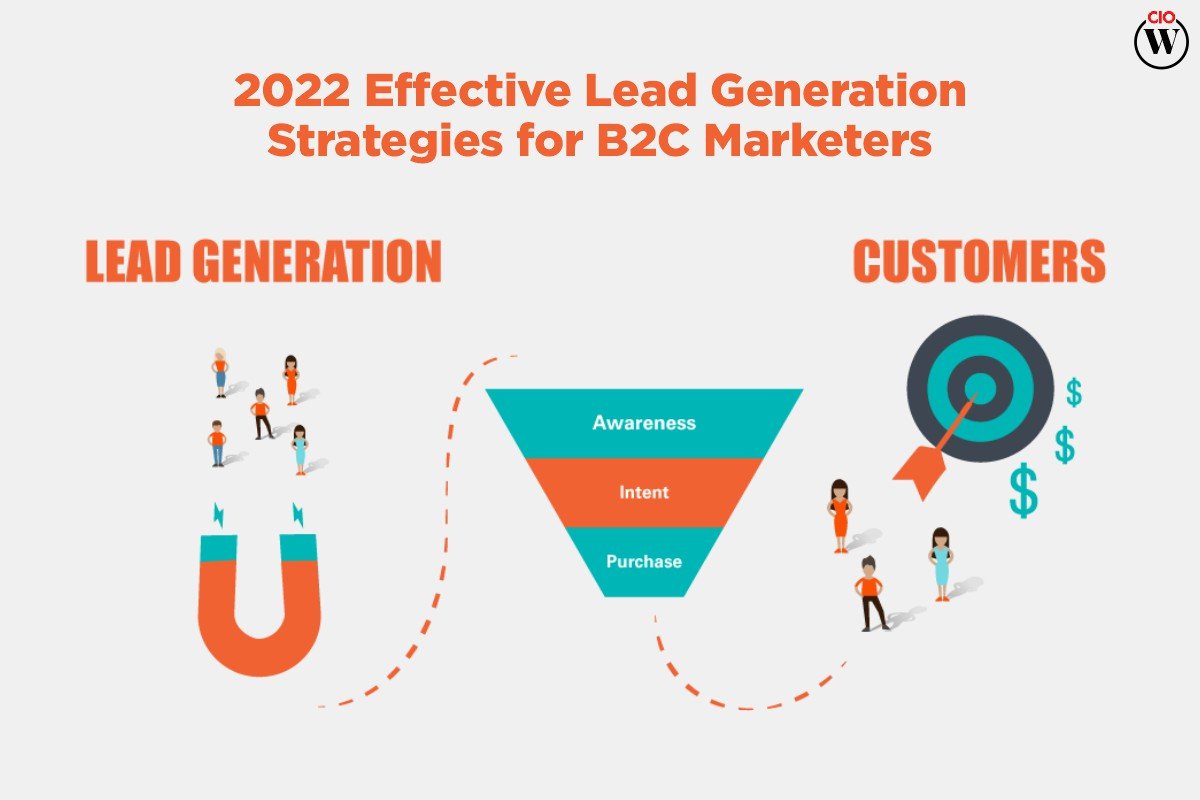The glaring pay disparity between male and female athletes has been a topic of intense debate and scrutiny. Despite significant advancements in gender equality across various fields, female athletes are still paid less than males. This disparity not only highlights an ongoing societal issue but also raises questions about the factors contributing to this inequality. In this article, we delve into the reasons behind why female athletes are paid less than males and explore the broader implications of this gap.
Historical Context
To understand why female athletes are paid less than males, it is essential to consider the historical context. Traditionally, sports have been dominated by men, both in participation and viewership. For decades, male sports received more media coverage, sponsorship deals, and public interest, creating a financial ecosystem that heavily favored male athletes. This historical bias set a precedent that has been challenging to overturn, despite increasing participation and success of female athletes in various sports.
Media Coverage
One of the primary reasons female athletes are paid less than males is the disparity in media coverage. Male-dominated sports events like the NFL, NBA, and Premier League garner extensive media attention, leading to higher advertising revenues and larger audiences. In contrast, female sports often receive less coverage, resulting in lower visibility and fewer opportunities for lucrative sponsorships and endorsements.
The media plays a crucial role in shaping public perception and interest. When female athletes receive less coverage, it perpetuates the cycle of lower investment and financial support. Consequently, the revenue generated by female sports is significantly less, directly impacting the salaries and prize money available to female athletes.
Sponsorship and Endorsements
Sponsorship deals and endorsements are significant sources of income for athletes. However, female athletes are paid less than males in this regard due to several factors, including visibility and societal stereotypes. Brands often prefer to invest in sports and athletes that have a broader reach and fanbase, which historically has been male sports.

Moreover, societal stereotypes about women’s sports being less competitive or less exciting contribute to the reluctance of sponsors to invest in female athletes. These stereotypes are not only unfounded but also detrimental, as they hinder the growth and financial support of female sports.
Revenue Generation
The revenue generation capabilities of male and female sports significantly affect how athletes are compensated. Male sports leagues and events typically generate more revenue through ticket sales, merchandise, broadcasting rights, and other channels. For instance, the FIFA World Cup and the NBA Finals attract massive global audiences, leading to substantial financial gains. In contrast, female sports events, while growing in popularity, still lag behind in terms of revenue generation.
This revenue disparity is a key reason why female athletes are paid less than males. When the financial pie is smaller, the slices allocated to athletes are inevitably smaller as well. Increasing the revenue for female sports is crucial to bridging the pay gap between male and female athletes.
Institutional Bias
Institutional bias within sports organizations also plays a role in why female athletes are paid less than males. Many sports institutions have historically been governed by male-dominated leadership, which often prioritizes men’s sports over women’s. This bias is reflected in budget allocations, marketing efforts, and overall support for female sports.
Efforts to address institutional bias are ongoing, with some sports organizations implementing policies to promote gender equality. However, the pace of change is slow, and the deeply ingrained biases continue to affect the financial compensation of female athletes.
Public Interest and Perception
Public interest and perception significantly influence why female athletes are paid less than males. Historically, male sports have been marketed as more thrilling and competitive, attracting larger audiences. This perception has been reinforced by media coverage and societal norms, making it challenging for female sports to gain equal footing.

However, there are signs of changing attitudes. High-profile female athletes and successful women’s sports events are drawing more attention and challenging outdated stereotypes. Increasing public interest in women’s sports can lead to higher revenues and, subsequently, better pay for female athletes.
Case Studies: Tennis and Soccer
Examining specific sports can provide a clearer picture of why female athletes are paid less than males. Tennis is one of the few sports where female athletes, such as Serena Williams and Naomi Osaka, earn comparable prize money to their male counterparts in major tournaments like Wimbledon and the US Open. However, even in tennis, disparities exist in sponsorship deals and endorsements.
Soccer, on the other hand, highlights a stark contrast. The US Women’s National Team (USWNT) has been more successful on the international stage than their male counterparts, yet they have historically been paid less. The disparity in pay between the Men’s and Women’s FIFA World Cup is another glaring example. While efforts are being made to address these inequalities, such as the USWNT’s lawsuit for equal pay, significant gaps remain.
Steps towards Equality
Addressing the issue of why female athletes are paid less than males requires a multifaceted approach:
1. Increased Media Coverage:

Promoting and investing in media coverage for women’s sports can enhance visibility and attract more fans, leading to higher revenue.
2. Challenging Stereotypes:
Breaking down societal stereotypes about female sports being less exciting or competitive is essential for changing public perception and increasing support.
3. Sponsorship and Investment:
Encouraging brands to invest in female athletes and sports can provide the financial boost needed to achieve pay equity.
4. Institutional Reforms:
Sports organizations must implement policies that promote gender equality, from equal prize money to equitable budget allocations.
5. Grassroots Development:
Investing in grassroots programs for girls’ sports can build a strong foundation for future generations of female athletes, ensuring long-term growth and support.
Conclusion
The question of why female athletes are paid less than males is complex, rooted in historical biases, media coverage disparities, and societal stereotypes. However, change is on the horizon. With increasing awareness and efforts to promote gender equality, there is hope for a future where female athletes receive the recognition and compensation they deserve. By addressing the underlying factors and promoting a more inclusive sports culture, we can work towards closing the pay gap and ensuring that all athletes, regardless of gender, are valued equally.
In conclusion, understanding why female athletes are paid less than males involves examining a myriad of factors, from historical contexts and media coverage to institutional biases and societal perceptions. By tackling these issues head-on, we can create a more equitable sports environment where female athletes are not only celebrated for their achievements but also compensated fairly for their contributions. The journey towards pay equity in sports is ongoing, but with concerted efforts and a commitment to change, a more balanced and fair future is within reach.








